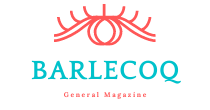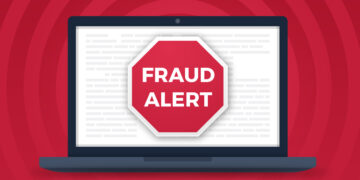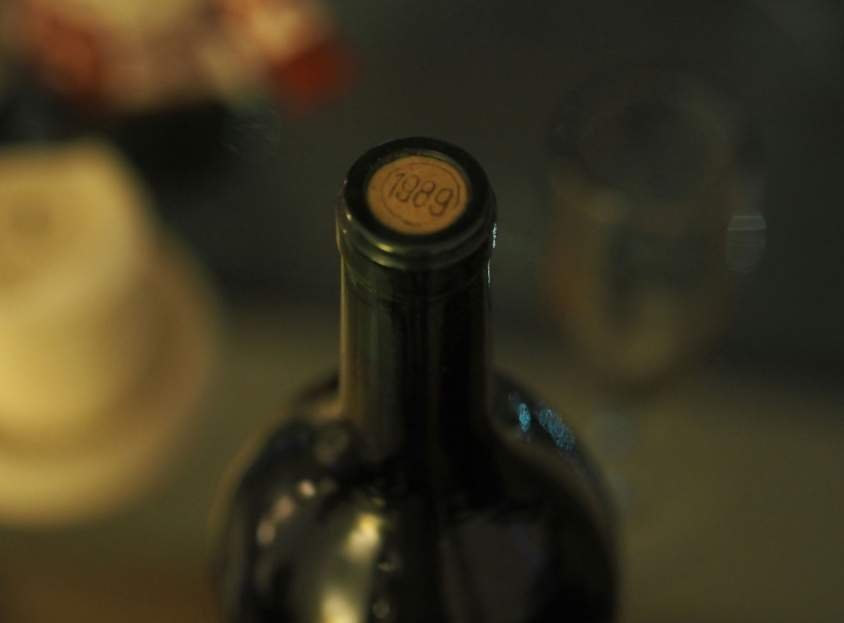Turning a love for bottles into a balance sheet that smiles takes more than charm. It asks for disciplined planning, clear numbers, and a tolerance for stainless steel. Here are ten practical moves to turn enthusiasm into revenue without losing the soul of the product.
1. Define the concept, then design your production path
Clarity beats romance. Write a one-page brief that states varietal or style, target price, audience, and volume goals. If a full facility build would strain cash, partner with a contract bottling company or full-scale contract winemaker to access equipment, skilled labor, and compliance support while keeping capital light. Good partners shorten the road from grapes to glass and free time for selling.
2. Know your numbers at a unit level
Profit hides in the details. Calculate the cost of goods per 750 ml, then per case: juice or bulk wine, glass, closures, labels, capsules, cartons, bottling, compliance fees, storage, and freight. Add trade margins for each channel scenario. A great label cannot rescue weak unit economics, so ensure the contribution margin remains stable after discounts and promotions.
3. Handle compliance before corks
Regulation is not optional. Secure a TTB Basic Permit if producing or wholesaling, file for label approval where required, and track state-by-state rules on shipping, distribution, and taxes. Maintain accurate records of lot codes, bonds, and reports. Audits are less stressful when paperwork is boringly perfect.
4. Choose a precise audience
Vague buyers do not buy. Define a segment by occasion, flavor profile, and price tolerance. For example, weeknight drinkers seeking bright acidity under 18 dollars, or special-occasion collectors hunting single-vineyard releases. Tailor blend decisions, packaging, and copy to that segment. Specificity guides production and messaging.
5. Build a brand that works on a shelf from four feet away
Beauty is functional. Prioritize label legibility, contrast, and SKU differentiation. Pick glass weight with shipping costs and sustainability in mind. Closure choice signals positioning and affects oxygen exposure. Customers cannot taste your brand palette, only the wine, though a clear visual story gets the bottle off the shelf and into the cart.
6. Start small, then validate with real buyers
Pilot runs reduce risk. Produce a limited batch, set up blind tastings with your target audience, and use structured scorecards. Compare your product against the two market leaders in your segment. If you would not pay full retail for your own bottle in that lineup, reformulate or adjust pricing. Pride makes expensive inventory.
7. Choose channels for margin and momentum
Direct-to-consumer offers higher margin if you can acquire customers at a sustainable cost. Tasting events, email, and compliant online sales build loyalty. Retail and on-premise require trade pricing discipline and consistent availability. Distributors help scale but take a real slice. Pick one primary channel for the first six months and master it before expanding.
8. Market with a clear promise and proof
Tell buyers what changes for them. Faster weeknight pairing, a zero-oak style that respects seafood, or a crowd-pleaser for gatherings. Support claims with scores, vineyard details, or production methods. Use photography that shows scale and texture, not just bottles on white. A steady email cadence outperforms sporadic social bursts, which is not glamorous, just effective.
9. Keep quality boringly consistent
Set standard operating procedures for sanitation, filtration, bottling checks, and storage temperatures. Implement lot tracking and retain samples. Measure dissolved oxygen and free SO2, then record the results every run. Consistency is a sales tool. A single flawed batch can erase months of work faster than any marketing campaign can repair.
10. Watch cash like a hawk and iterate with restraint
Wine ties up capital. Forecast cash needs across harvest, bottling, and slow months. Consider a line of credit or purchase order financing if growth outpaces cash flow. Track inventory turns, sell-through velocity by SKU, and LTV to CAC for direct channels. Change only one major variable per cycle, whether price, blend, or packaging, so you can attribute results with confidence.
Passion can light the path, though process pays the bills. Set a clear concept, measure what matters, and choose partners who reduce complexity rather than add to it. The goal is simple: bottles that delight customers and a business that keeps producing them.









